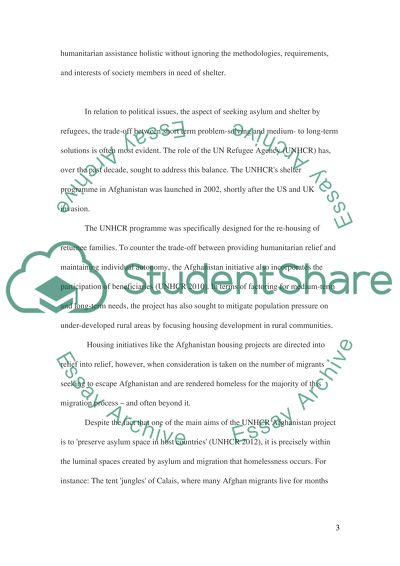Cite this document
(Community Service Through Architecture Case Study, n.d.)
Community Service Through Architecture Case Study. Retrieved from https://studentshare.org/architecture/1610135-how-are-contemporary-designers-and-architects-addressing-the-short-and-medium-term-needs-for-emergency-and-refugee-shelter-what-are-the-key-considerations-for-designing-these-kinds-of-dwellings-for-the-short-and-medium-terms-explain-with-reference-to-th
Community Service Through Architecture Case Study. Retrieved from https://studentshare.org/architecture/1610135-how-are-contemporary-designers-and-architects-addressing-the-short-and-medium-term-needs-for-emergency-and-refugee-shelter-what-are-the-key-considerations-for-designing-these-kinds-of-dwellings-for-the-short-and-medium-terms-explain-with-reference-to-th
(Community Service Through Architecture Case Study)
Community Service Through Architecture Case Study. https://studentshare.org/architecture/1610135-how-are-contemporary-designers-and-architects-addressing-the-short-and-medium-term-needs-for-emergency-and-refugee-shelter-what-are-the-key-considerations-for-designing-these-kinds-of-dwellings-for-the-short-and-medium-terms-explain-with-reference-to-th.
Community Service Through Architecture Case Study. https://studentshare.org/architecture/1610135-how-are-contemporary-designers-and-architects-addressing-the-short-and-medium-term-needs-for-emergency-and-refugee-shelter-what-are-the-key-considerations-for-designing-these-kinds-of-dwellings-for-the-short-and-medium-terms-explain-with-reference-to-th.
“Community Service Through Architecture Case Study”, n.d. https://studentshare.org/architecture/1610135-how-are-contemporary-designers-and-architects-addressing-the-short-and-medium-term-needs-for-emergency-and-refugee-shelter-what-are-the-key-considerations-for-designing-these-kinds-of-dwellings-for-the-short-and-medium-terms-explain-with-reference-to-th.


